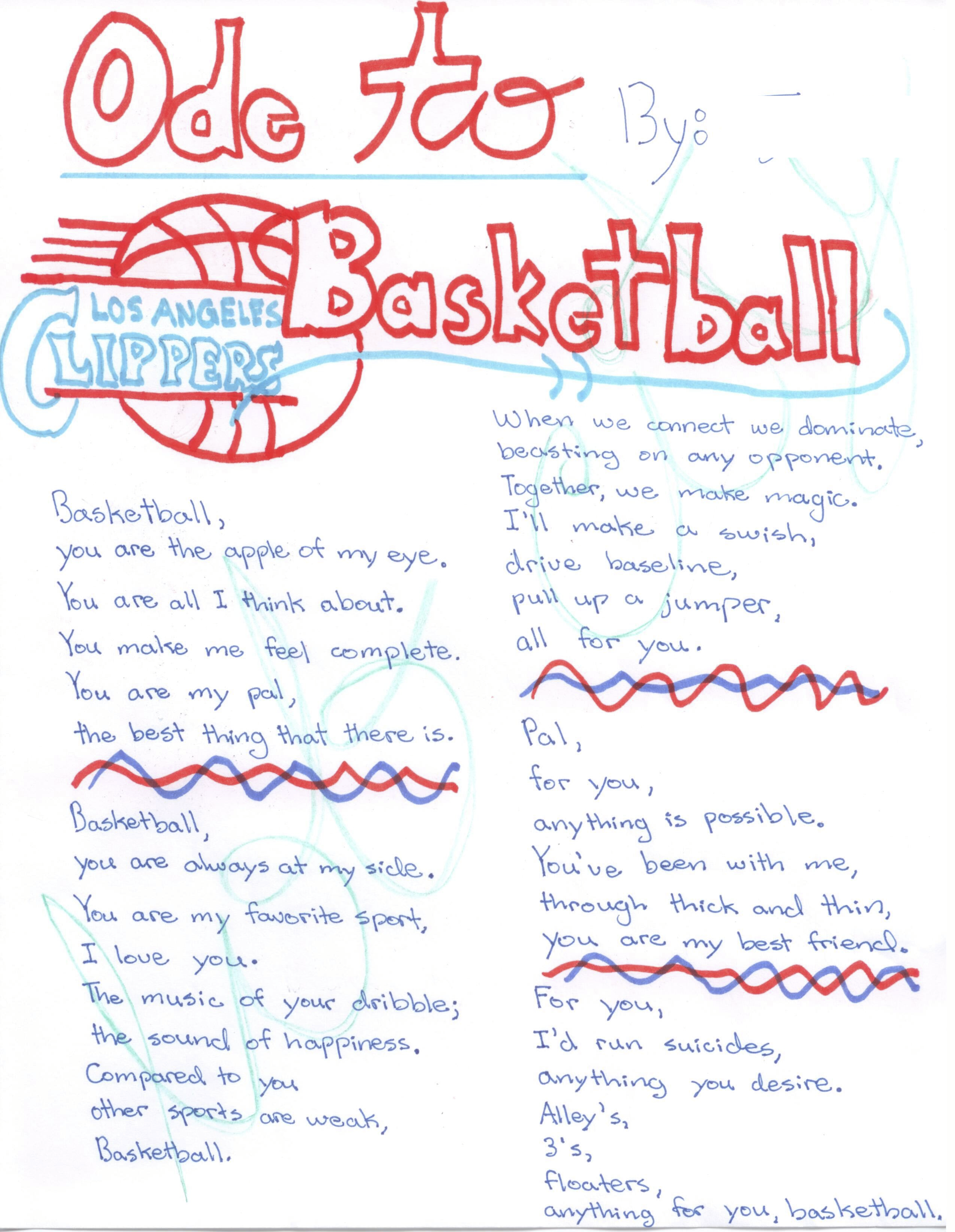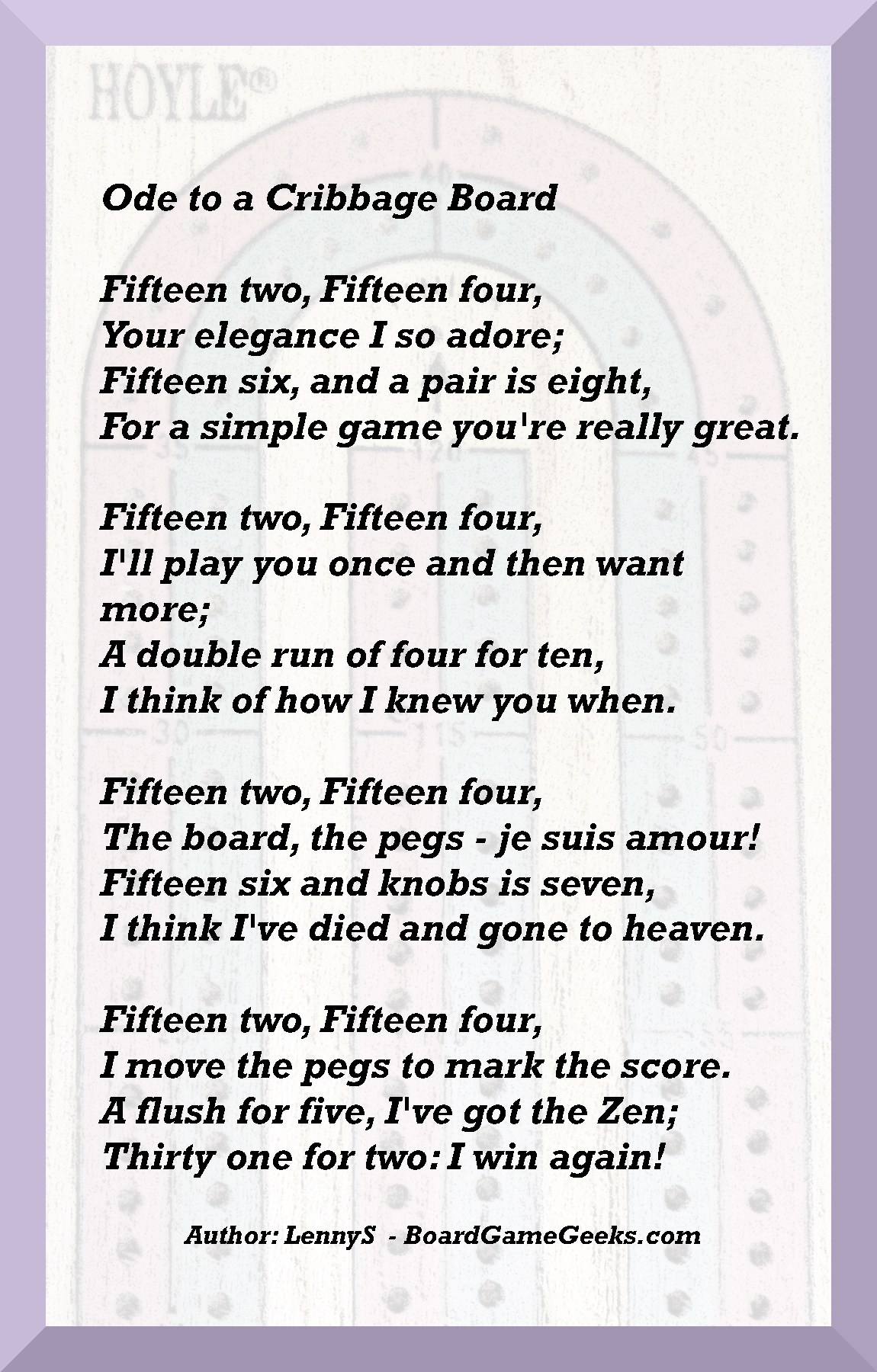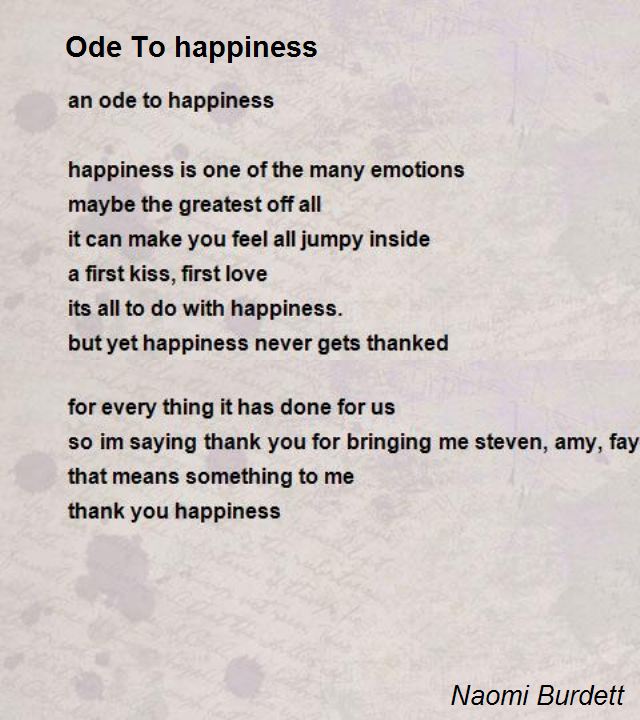Are you interested in finding 'layout how to write an ode'? You will find all the information on this section.
Table of contents
- Layout how to write an ode in 2021
- Write an ode for me
- What is an ode
- Ode examples for students
- Famous odes
- How to start a novel
- Ode definition and example
- Ode examples
Layout how to write an ode in 2021
 This image shows layout how to write an ode.
This image shows layout how to write an ode.
Write an ode for me
 This picture demonstrates Write an ode for me.
This picture demonstrates Write an ode for me.
What is an ode
 This image shows What is an ode.
This image shows What is an ode.
Ode examples for students
 This image illustrates Ode examples for students.
This image illustrates Ode examples for students.
Famous odes
 This picture representes Famous odes.
This picture representes Famous odes.
How to start a novel
 This picture representes How to start a novel.
This picture representes How to start a novel.
Ode definition and example
 This picture demonstrates Ode definition and example.
This picture demonstrates Ode definition and example.
Ode examples
 This image representes Ode examples.
This image representes Ode examples.
Where did the idea of an ode come from?
While this poetic form originated in ancient Greece, it survives today as a popular way to convey passion and strong sentiment toward the subject. With its use of description and repetition, an ode is a relatively accessible poetic form that even beginners can write.
What kind of structure do you use for an ode?
Use a classical structure if you want more formality. There are two main types of classical odes: the Pindaric and the Horatian odes. These types use very formulaic structures with complex meter and specific rhyme schemes.
What makes an ode different from other poems?
While odes have embraced more irregular forms with passing years, there are still a few characteristics that make an ode poem distinct from other poetry. If you’re looking to write your own ode, remember these rules: Use quatrain stanzas. Classic odes (Pindaric and Horatian) use four-line stanzas known as quatrains.
How many lines do you need to write an ode?
Odes are traditionally very long, and chances are, if you’ve picked a topic you really feel passionately about, you will have a lot to write. Start by splitting up your poem into groups, or stanzas, of ten lines. Many traditional odes have three to five of these stanzas, but if you want to write more, by all means do!
Last Update: Oct 2021
Leave a reply
Comments
Yicel
23.10.2021 07:09How to write AN ode: complete verse guide with tips and examples - 2021 - masterclass. You may have learn or heard of the famous ode on a Balkan state urn by John Lackland keats, for instance, in which the speaker reflects connected images carved into an urn.
Deshara
18.10.2021 11:11This ode was called after an old greek poet, Pindar, who began penning choral poems that were meant to be sung astatine public events.